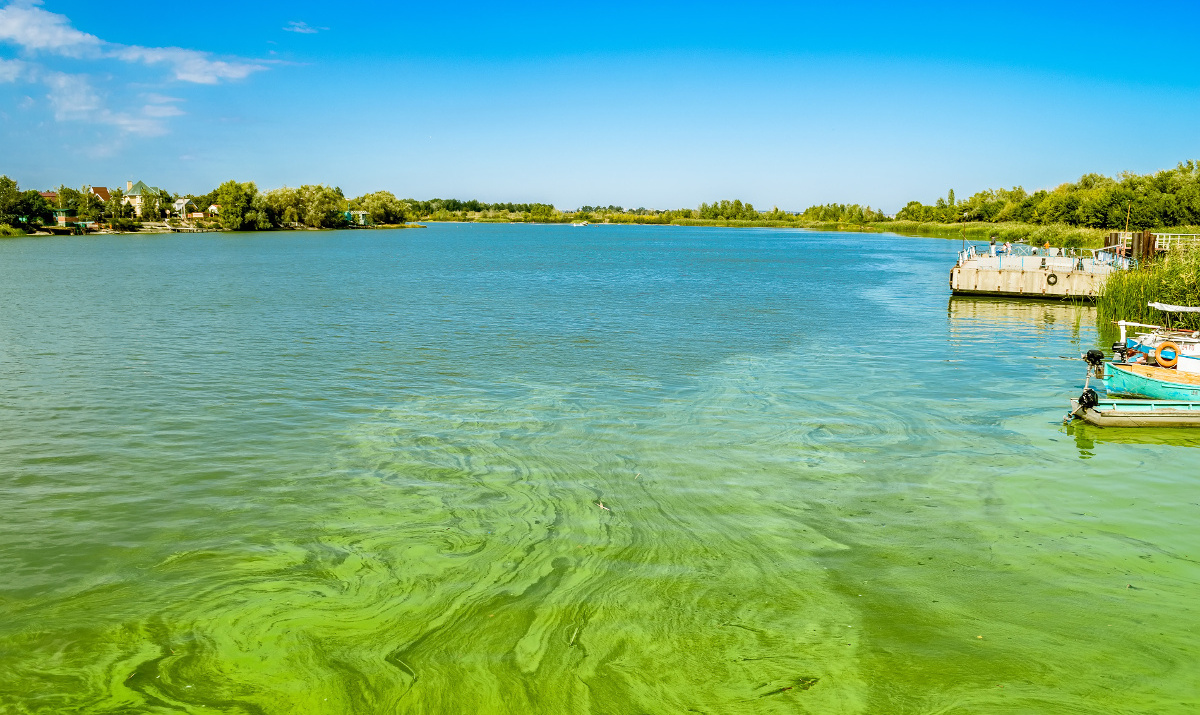
Towards an Integrated Nutrient Management Action Plan
In the Biodiversity Strategy to 2030, the Farm to Fork Strategy and the Zero Pollution Action Plan the European Union has set an ambitious and ground-breaking goal to reduce by 50% nutrient losses to the environment (air, water, soil) by 2030. “This will be achieved by implementing and enforcing the relevant environmental and climate legislation in full, identifying with Member States the nutrient load reductions needed to achieve these goals, applying balanced fertilisation and sustainable nutrient management, and by managing nitrogen and phosphorus better throughout their lifecycle. To this end, the Commission will work with Member States to develop an Integrated Nutrient Management Action Plan in 2022” (INMAP). The Plan will cover all sectors and environmental compartments involved in the Nitrogen (N) and Phosphorus (P) cycles.

The ‘Knowledge for INMAP’ project, developed by the JRC during the year 2021, gathered scientific knowledge and data available in the EU to support the discussion and preparation of the INMAP. In particular,
- the current flows of Nitrogen and Phosphorus in the EU considering all sources and sectors involved (agriculture, industries, urban, energy and transport) and all environmental losses in air, water, and soils;
- the distance to environmental targets, considering the EU legislation and strategies;
- the possible impacts of measures to reduce nutrient pollution at different intervention points of the nutrient cycle.

The study focused on gathering relevant scientific knowledge available in Europe for the preparation of the INMAP. Many data sources were used and combined for the analysis Nitrogen and Phosphorus stocks and flows in the different sectors and environmental compartments. In addition, several modelling tools were considered for the scenarios analysis that are based on specific datasets and assumptions. While acknowledging that uncertainty in flows estimations is part of the complexity of the Nitrogen and Phosphorus cycle analysis and the imperfect integration of tools, data and scenario analysis highlight potential paths and regional opportunities towards the achievement of INMAP ambitious goal.


Distance to targets

